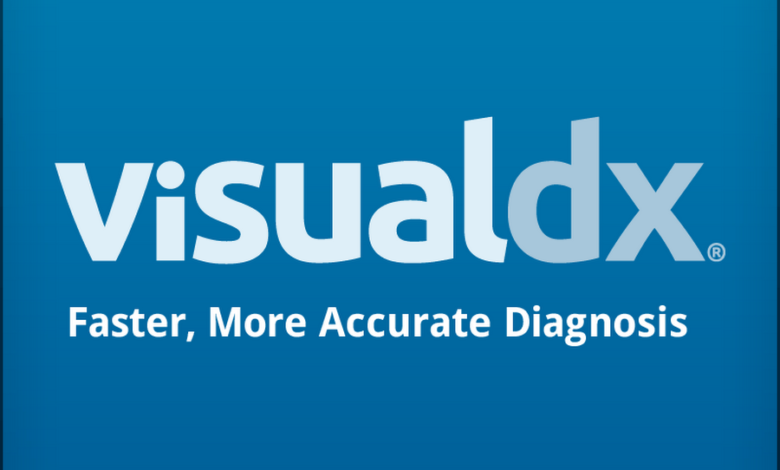VisualDX Helps Doctors Diagnose Rare Diseases Using Algorithms and Images

The majority of doctors in the local health clinics and small hospitals in the towns of first world countries generally don’t come across many rare or tropical diseases. While this is a good thing, it can also make it difficult to make a diagnosis when a patient presents with unusual symptoms.
VisualDX is an online tool that helps to confirm or suggest diagnoses for patients with confusing symptoms through the use of images. Described as a visual clinical decision support system, doctors can enter a patient’s age and symptoms, then is presented with a grid of conditions ranked in order of likeliness. The doctor can sift through the photos to check rashes, lesions and eruptions against the skin complaints of the patient.
VisualDX can be used to save lives in the case of medical conditions that present with complications similar to viruses or simple infections. It is particularly useful for diagnosing young children who are unable to explain their symptoms but can be very vulnerable to disease as they don’t have fully developed immune systems and have fragile organ systems. The online software gives doctors and pediatricians the benefit of differential diagnosis options and an opportunity to consider diseases and conditions that they may not have had first hand experience of.
It may seem like a modern concept but VisualDX was launched in 2001 by Dr Art Papier at the University of Rochester. With mobile technology being used increasingly in hospitals and medical schools, medical students are bringing more visitors than ever to the app and it is being taught in over 80 medical schools in the US as well as being used in over 1500 hospitals and clinics.
With the recent outbreaks of both measles and Ebola, VisualDX is being hailed as the new answer to predicting pandemics and diagnosing sufferers quickly. With wrong diagnoses being made once in every 10 times in the US, a universal visual diagnostic tool is what’s desperately needed for many doctors, especially those who are newly qualified and don’t have the benefit of real world experience. Dr Art Papier worked as a dermatologist in a rural town and found that doctors had difficulty identifying common diseases, which can often present with characteristic skin symptoms but ones that can be overlooked.
Through VisualDX, Papier hoped to bring a new level of expertise to doctors who must have a general overview of every condition instead of specific skills in one area. The software has both an online website and an app which contains over 1000 diseases that can be identified through the use of more than 10000 images. The software costs $29.99 per month and allows doctors to enter information such as the patients age, the area of symptoms and countries of the world recently traveled to. This will provide a range of different potential conditions represented by images which can be studied and compared with the patient’s dermatological presentation.
By using real images instead of text descriptions or drawn diagrams, VisualDX can help speed up the process of making a diagnosis which is critical for potentially life threatening conditions and in emergency situations. By using an algorithm that matches symptoms to a diagnosis, VisualDX is a welcome contrast to the usual tools that require a diagnosis first before giving the doctor information about a condition. These types of tools are not useful for diseases that present with just one symptom or a specific set that a doctor hasn’t experienced before.
Last year more 60 million pages on VisualDX were viewed as the app gains popularity and more students look for modern and cutting edge ways of finding a diagnosis. However, this is unfortunately still not enough as serious foreign and tropical diseases are being misdiagnosed even when the app would have easily identified them. For medical problems that do not have visual symptoms such as a rash, the software shows diagrams of the symptoms which is less helpful but still useful, especially in the case of country-specific outbreaks.
What’s needed for the VisualDX software and algorithms to save even more lives is an end to the expectation for doctors to know it all and an increase in diagnosis support, meaning more tablets and computers in hospitals and actually in use for objectives other than note taking or test result checking. Software like VisualDX along with clever new hardware and wearables will pave the way for modern medicine, preventing doctors from having to jump to a wrong diagnosis without access to all the options.




